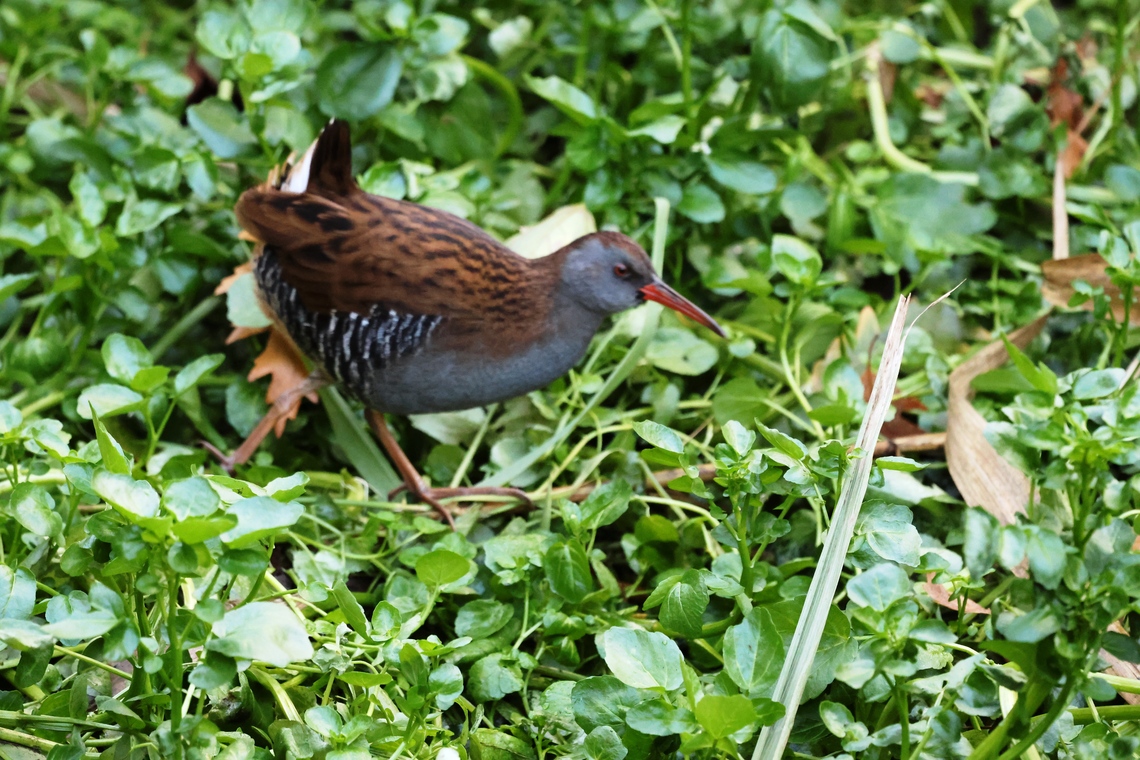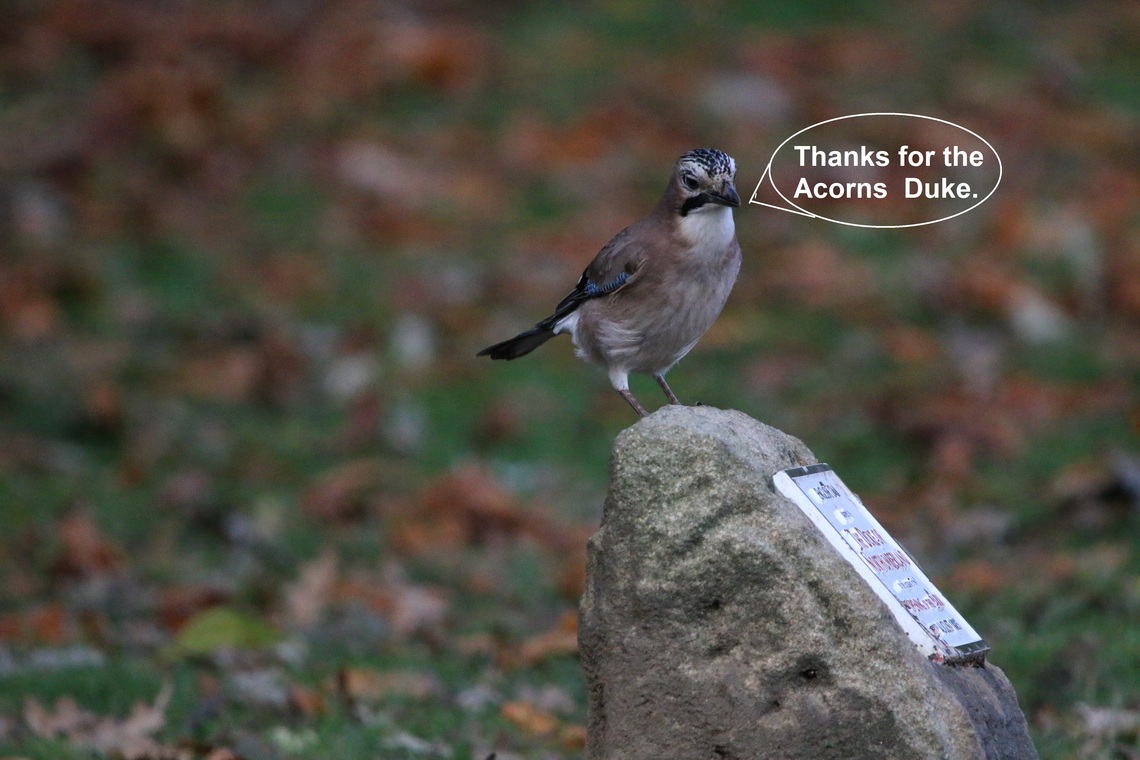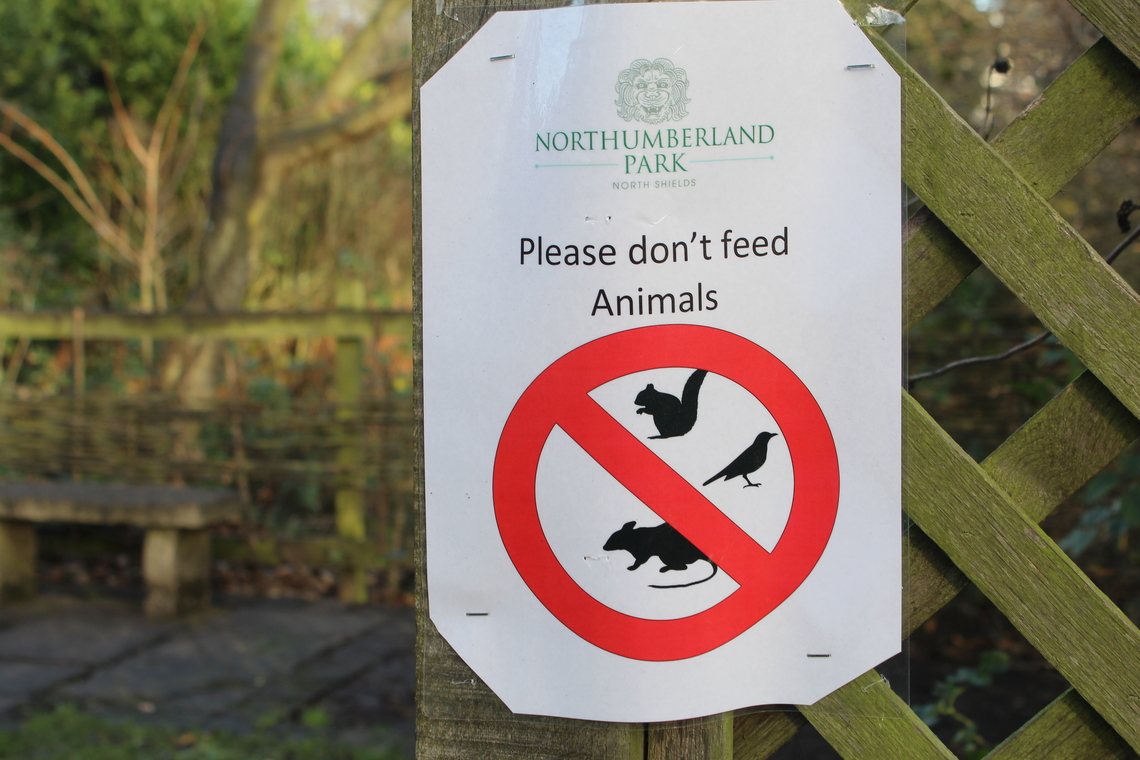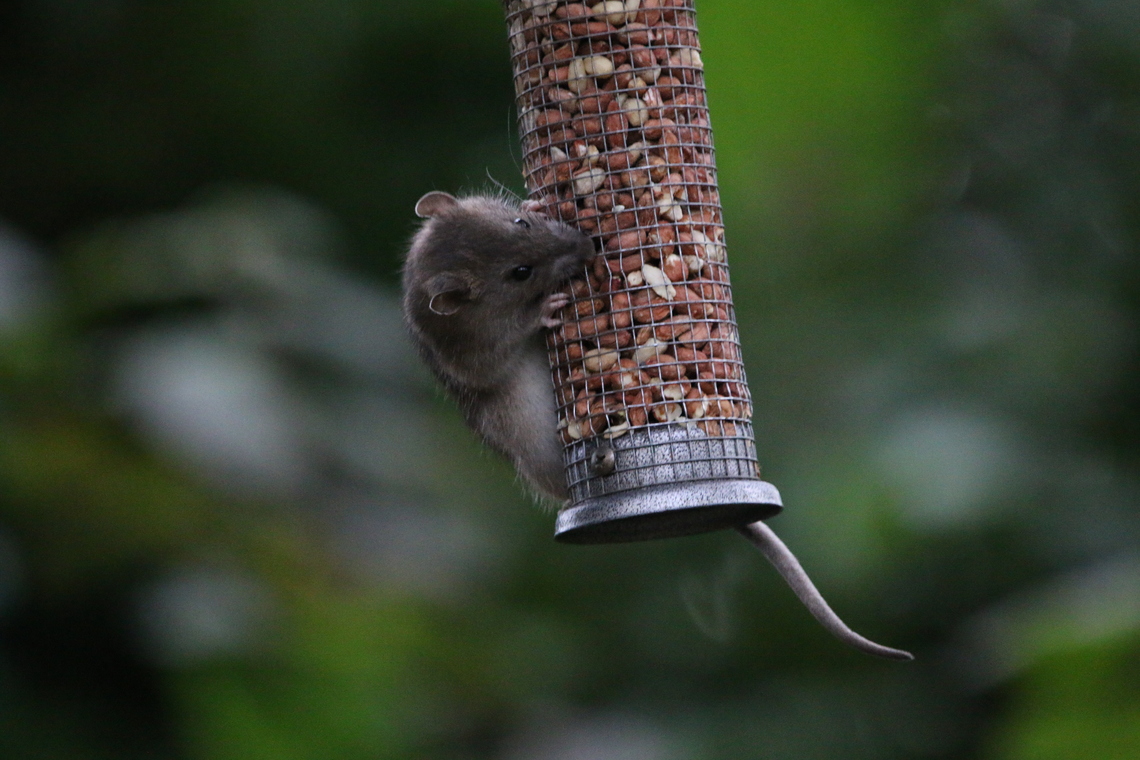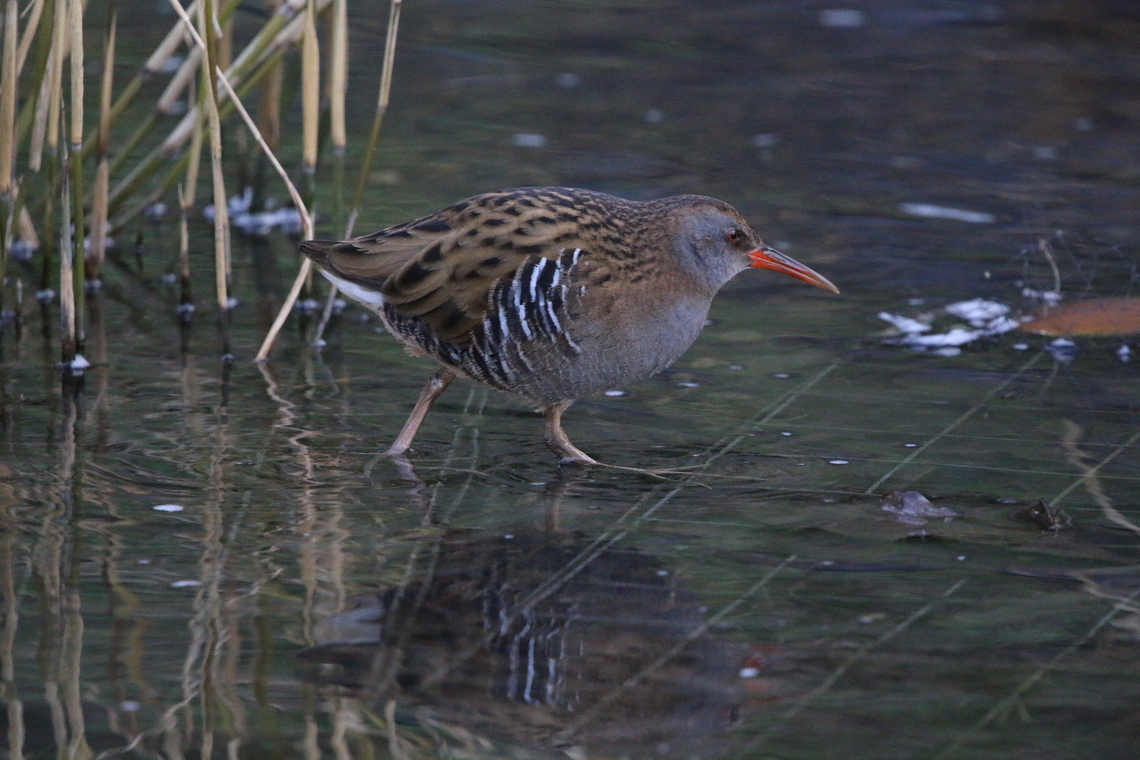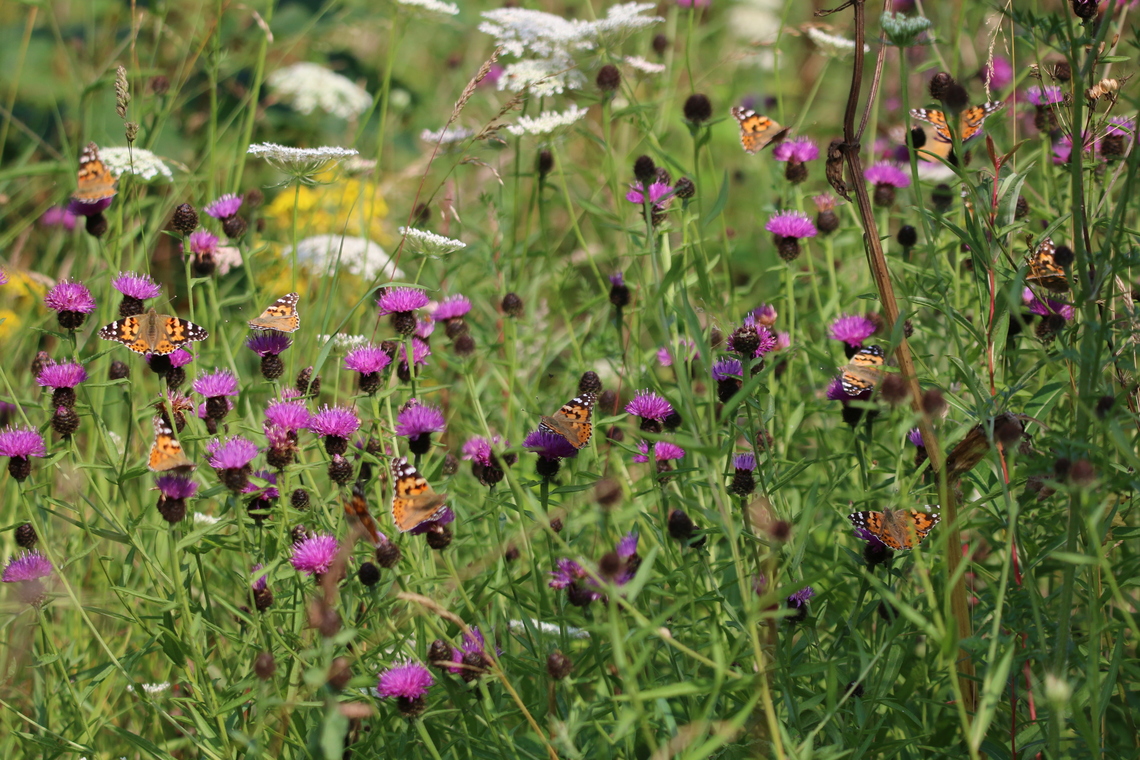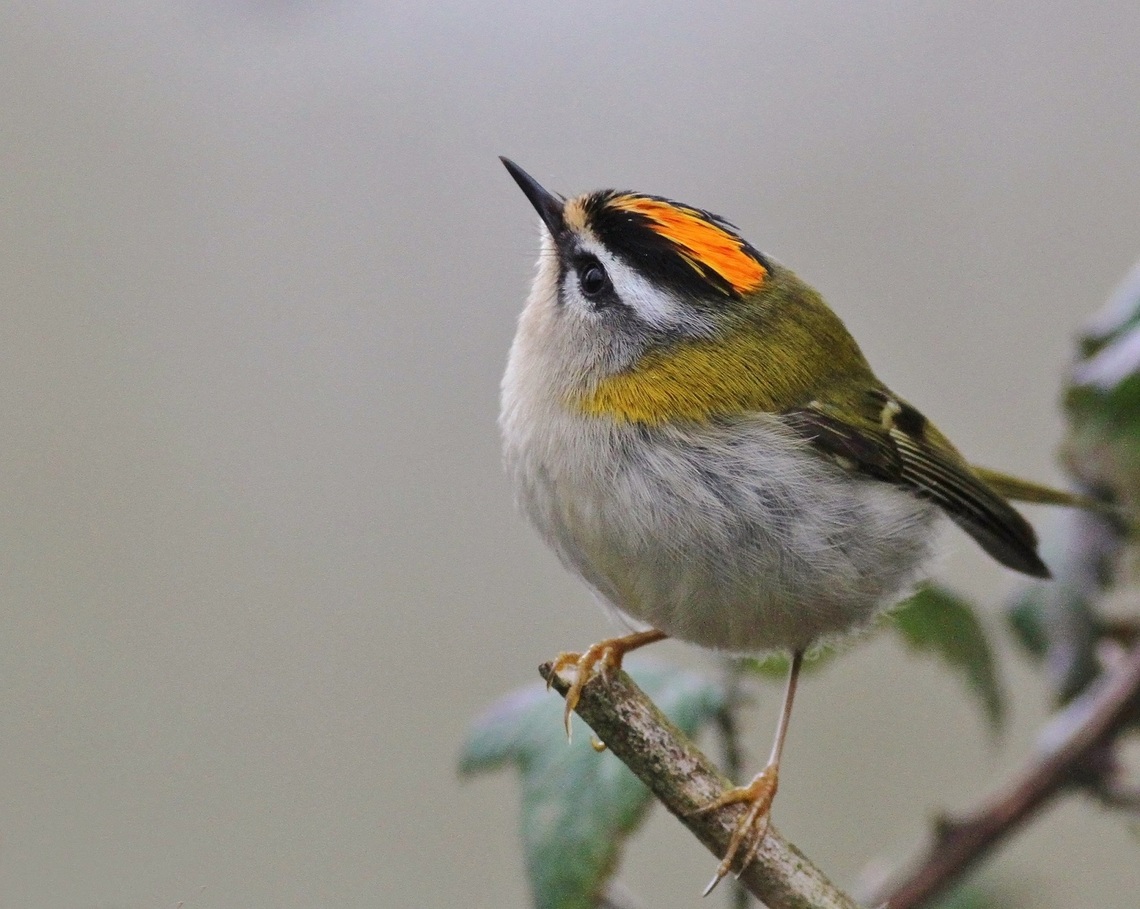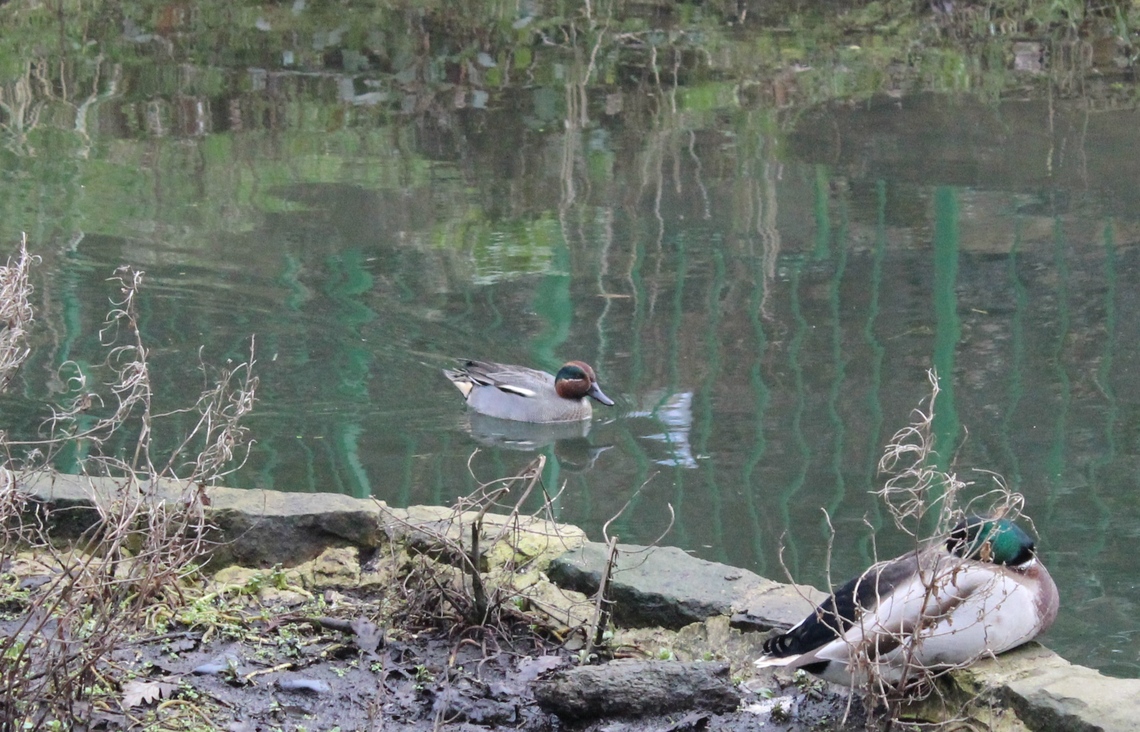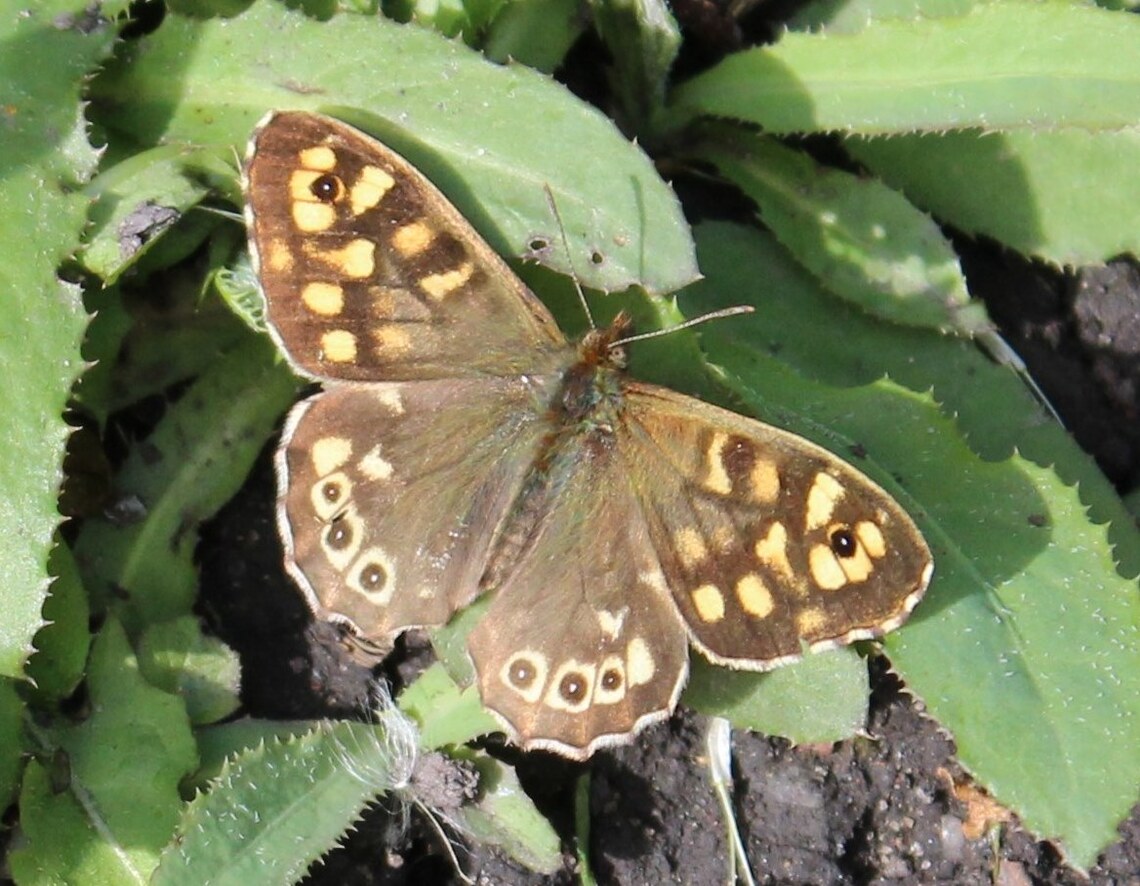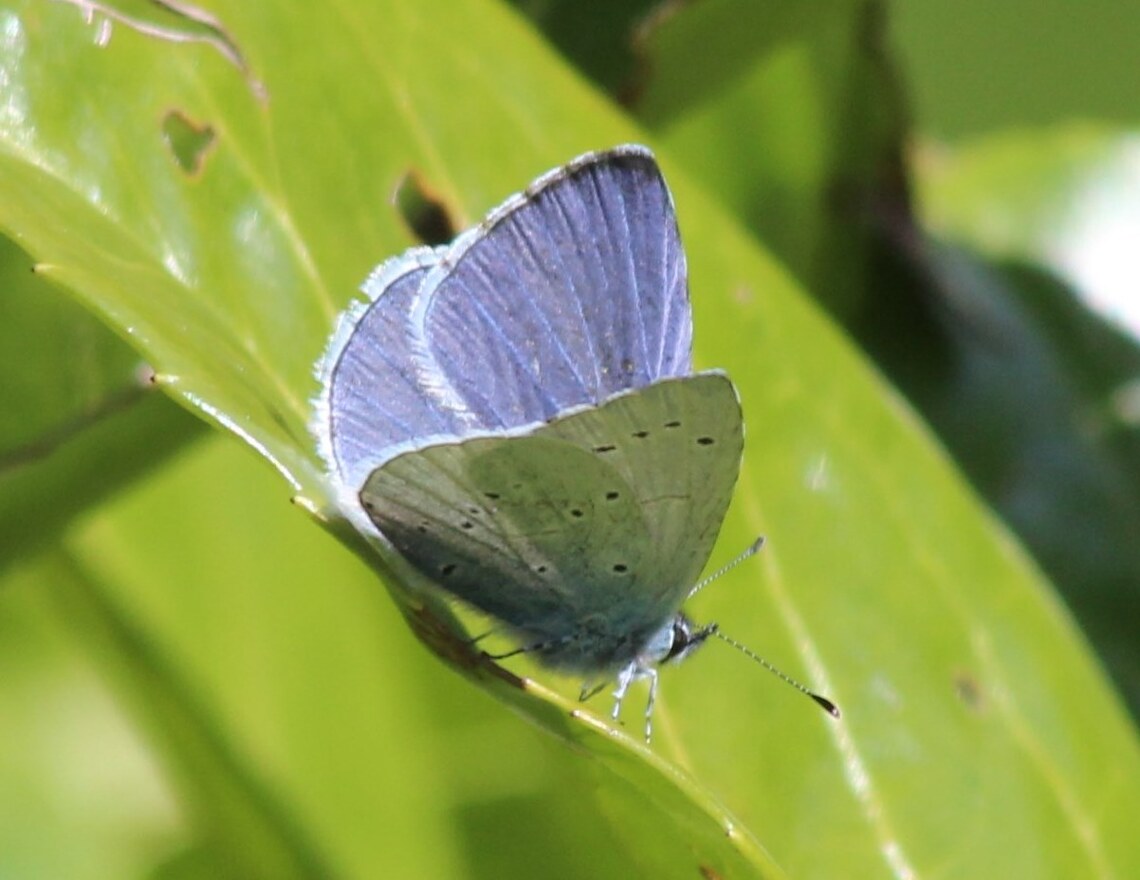The Park Wildlife Group meets on the first Saturday of the month infront of the pavilion for a casual stroll around the park to see what we can see and exchange observations.
The Jays which are usually by nature shy and secretive have become used to people and by 2023/4 can now regularly be seen. In Autumn they can be seen collecting Acorns which they fly away with and bury to retrieve in the winter to eat.
On 4th November "our" Water Rail returnrd to spend its 6th winter in the park in the reed bed at the top of the pond.
During October 2021 at least four Jays appeared in the park when there was an influx on the coast. They appreciated the Oak Tree the Duke of Northumberland planted at the opening of the park in 1885.
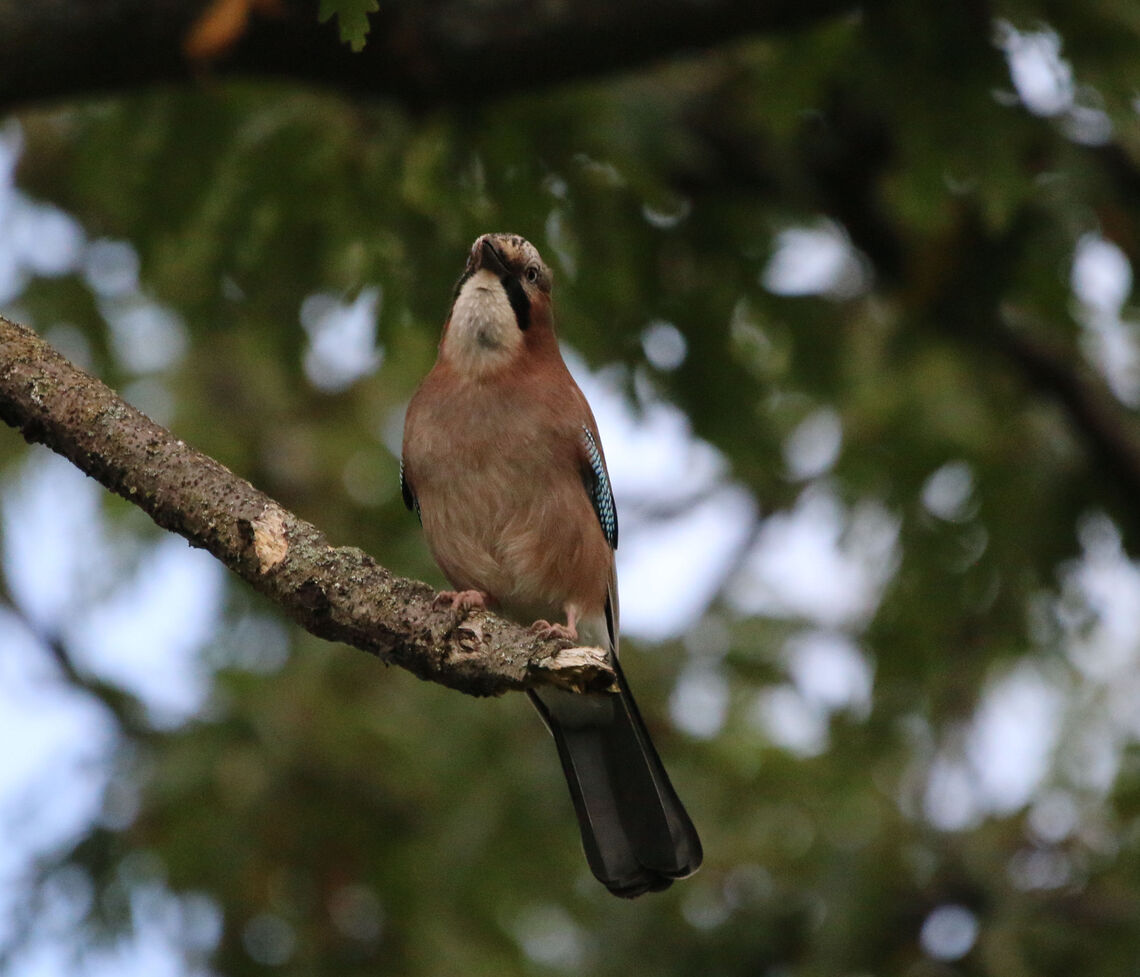
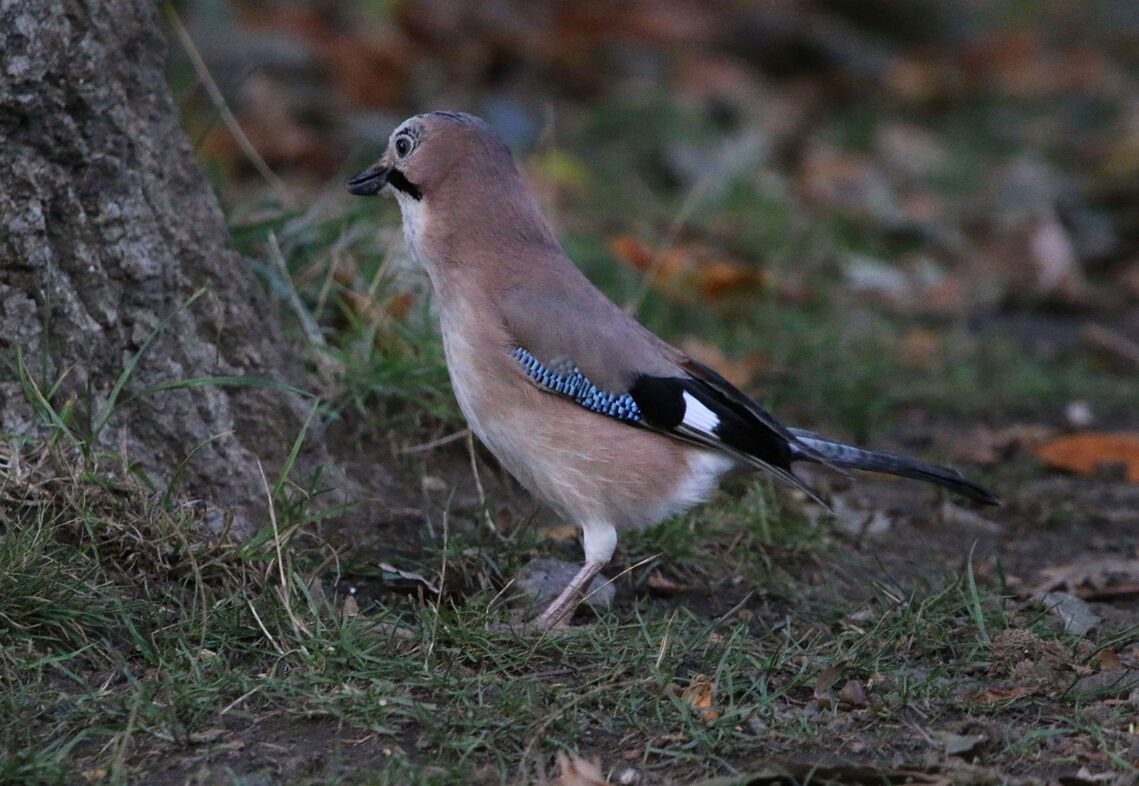
On Saturday 22nd May 2021 and again on 12th June, 10 members of the Wildlife Group met and had a pleasant (socially distanced) walk around the park. The first of this year because of Covid restrictions. It was lovely to see familiar faces again.
At the end of February 2021 the long staying Kingfisher and Water Rail were still in the park making them probably the most photagraphed ever.
Although a resident breeding bird in the park the Treecreeper is not often seen because of it's secretive habits.
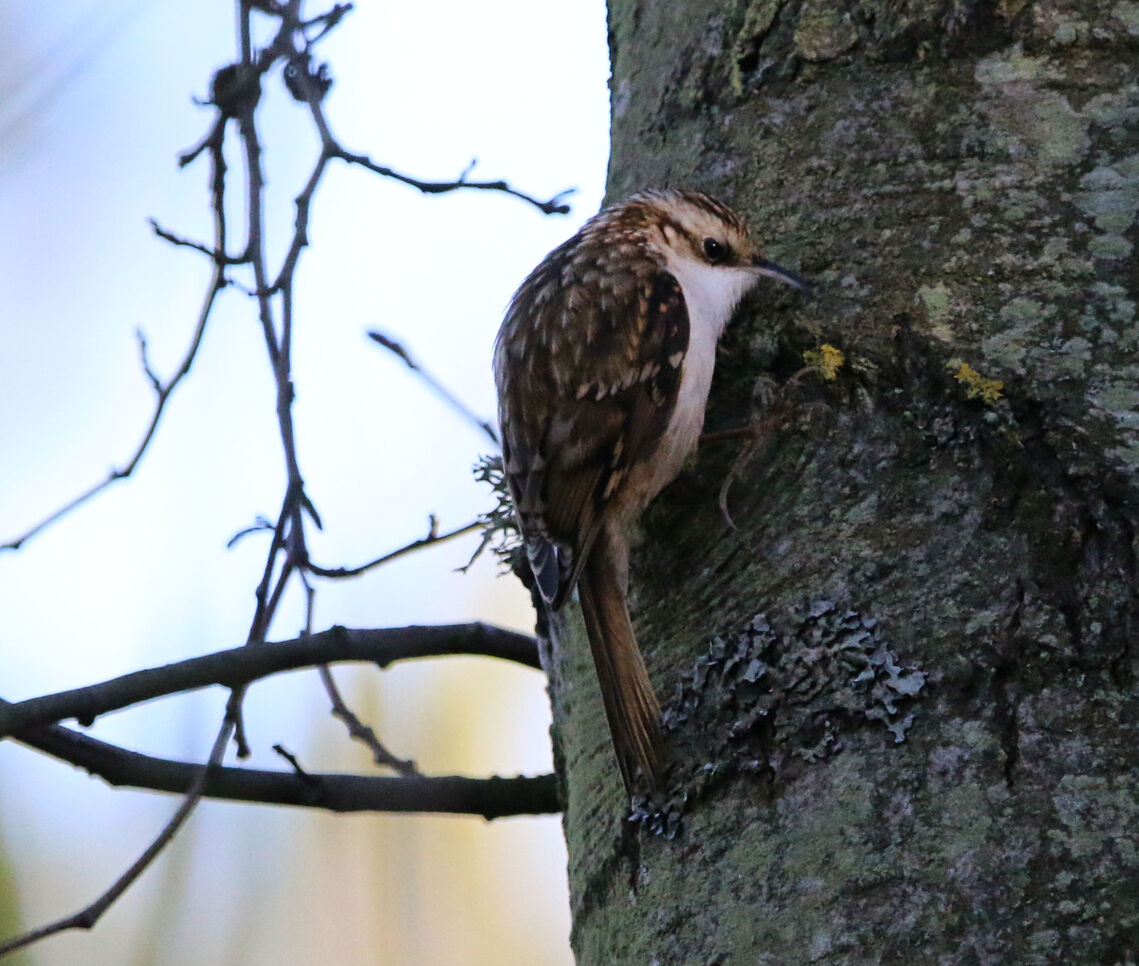
December 2020. Because of lack of food at closed local restaurants and cafe the rat population has increased in the park necessitating the removal of bird feeders.
May 2020 Nice to see Blue Tits using the nest boxes.
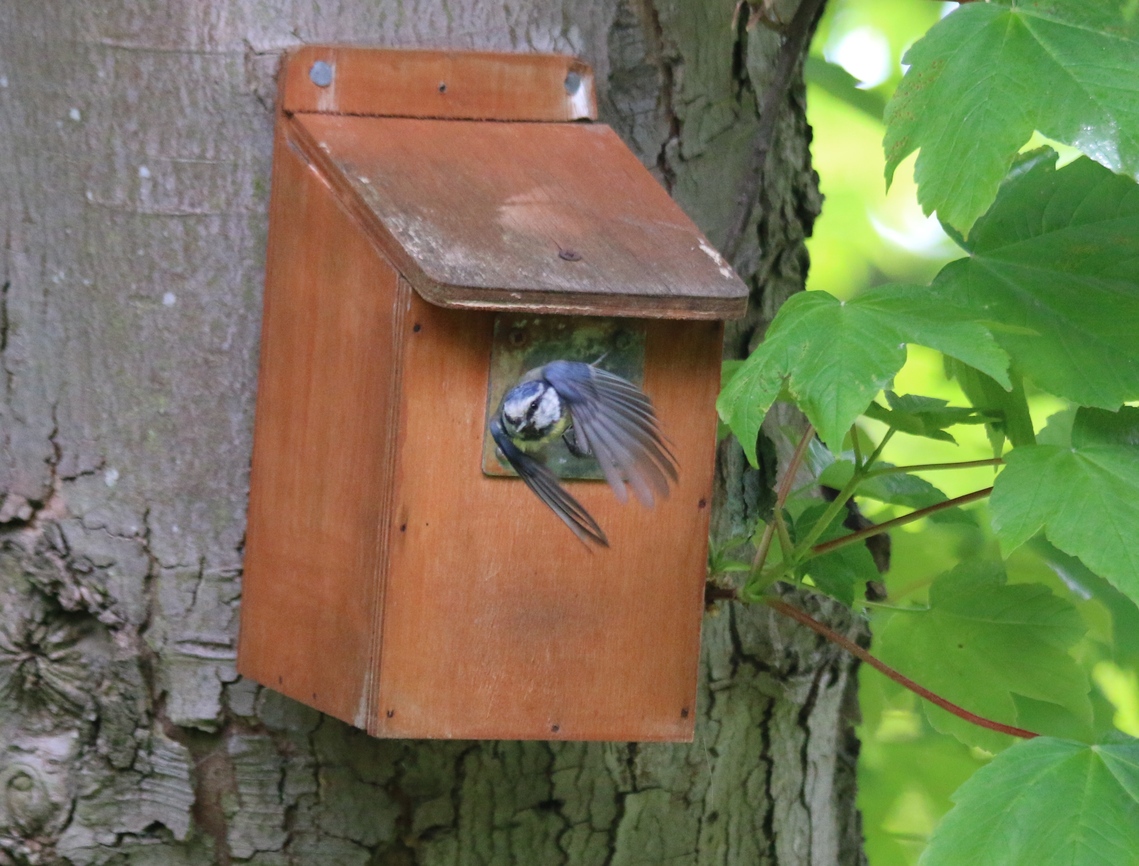
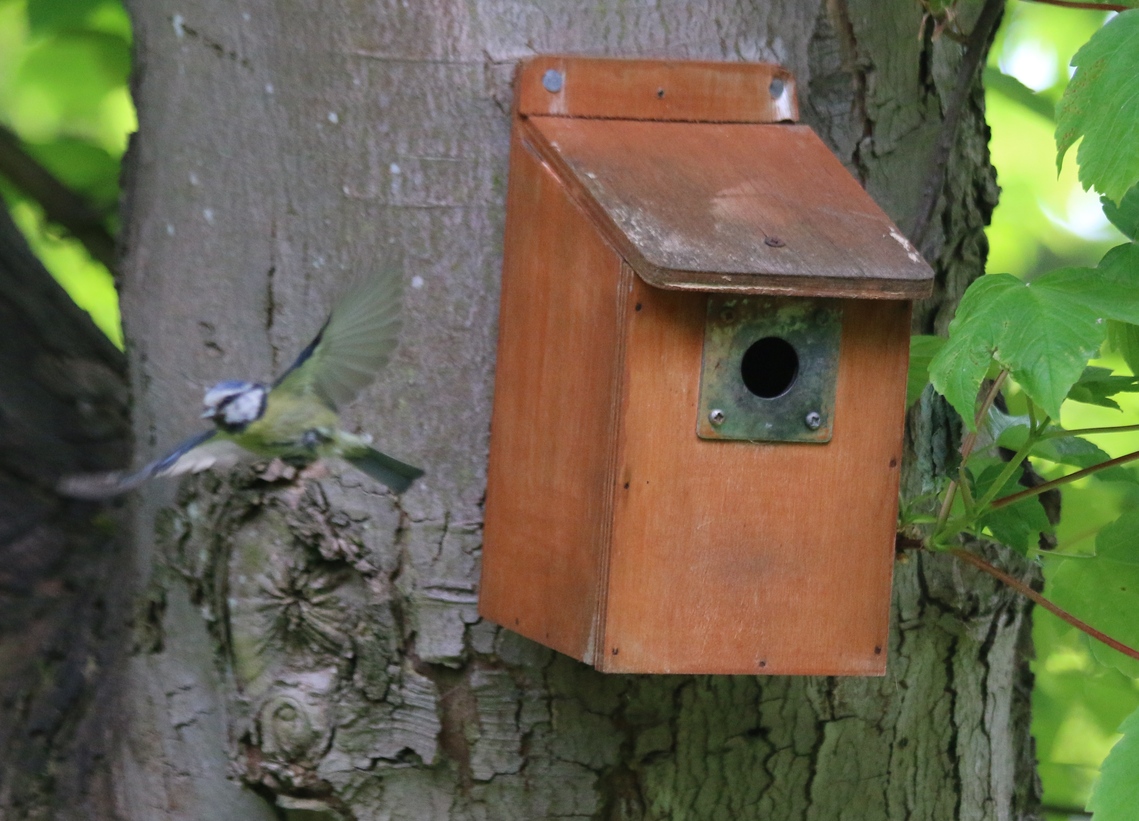
Dozens of birdwatchers and nature photographers have been in the park already this year to take the opportunity of seeing the very tame Kingfisher and Water Rail.
The dates for the 2020 RSPB Big Garden Birdwatch are :-
Saturday 25th January 10.30am -12.00
and Sunday 26th January 1.30pm - 3pm
One or two Kingfishers seen regularly throughout November and December 2019 often perching on the pond railings.

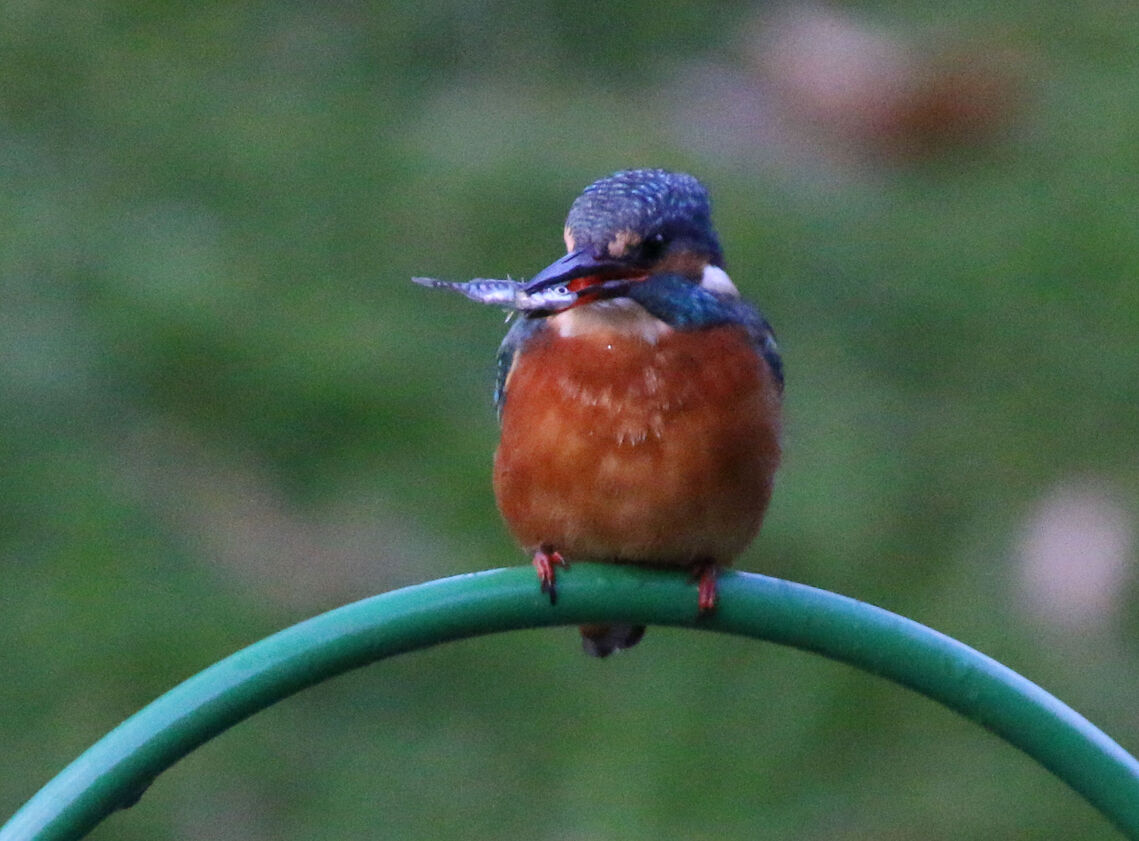
Following a huge migration to the U.K from North Africa and southern Europe I counted over 500 Painted Lady buterflies in the park on 29th July 2019.
A Firecrest ( similar and same size as a Goldcrest) a rare bird seen only a few times each year in Northumberland has been in the park, mainly arround the Pets Cemetry for over three months since 17th November 2017 attracting dozens of birdwatchers.
Single Teal on the pond 2nd Feb 2017
An interesting period for wildfowl from the end of November till early December 2016 with 3 Tufted Ducks, one Wigeon Duck and one Little Grebe on the pond joining the usual couple of Mallards and half a dozen Moorhens.
4th August 2016 This Giant Woodwasp - Urocerus gigas was found in the Park today. I've never seen one here before. They are a woodboring insect.About 2 inches long.
NEST BOXES The majority of the 25 nest boxes were used by Blue Tits in 2013 .
When cleaning out the nest boxes after the breeding season between 2 and 5 Svensson's Copper Underwing Moths were found roosting in most of the boxes.
Northumberland Park is a traditional Victorian Park created in the gently sloping natural dene created by the Pow Burn which ran from Preston Village down to the River Tyne. The park covers an area of approximately 12 hectares and is a designated Site of Nature Conservation (SNCI) within Tynemouth Conservation area and forms part of an important wildlife corridor.
Although it has lawns, bowling greens and formal areas around the park edges and on the steep bank sides are woodland. The ornamental pond in the centre of the park and the remnants of the Pow Burn provides habitat for aquatic species. Dragonflies may be seen in the summer months and many different species of ducks appear now and then as well as the occasional Cormorant, Heron, Little Egret and Kingfisher.
113 species of birds have been recorded in the park of which 36 are known to have bred. The different seasons bring summer and winter visitors to add to the common resident species.
Mammals recorded in the park are Roe Deer, Badger, Fox, Rabbit, Hedgehog, Brown Rat, Grey Squirrel, House Mouse, Wood Mouse, Short Tailed Vole, Common Shrew and Pygmy Shrew.
Bats recorded include Common Pipistrelle, Nathusius Pipistrelle, Natterer’s, Whiskered/Brandts and Noctule.
An impressive list of 21 species of Butterfly have also been recorded in the park illustrating what diverse biodiversity it supports.
The wooded areas are dominated by Sycamore (Acer pseudoplantanus), Wych Elm (Ulmus grabla), Ash (Fraxinus excelsior) and Beech (Fagus sylvatica) . There are almost 1500 trees and the ten most common species account for 82% of the total. Over 850 are Sycamore representing 57% of the total. Wych Elm is the second most common although the majority are saplings. Third most common is Ash, fourth is Beech and fifth Holly.
There are still standing many large dead Elms the majority of which were the largest trees in the Park and were killed by Dutch Elm Disease. These rotting trees are however ideal for the Great Spotted Woodpeckers, Nuthatches, fungi and insects.
65 species of trees have been identified and there are some unusual species of which there are only single specimens, among these are the Sessile Oak, the Holm Oak, the Turkish Hazel, the Strawberry Tree and the Sweet Chestnut.
The main shrubberies were planted in strips behind the original flower beds and run parallel to the main paths. These mainly comprise of evergreens such as Laurel, Privet, Daisy Bush and Senecio.
Many areas devoid of a scrub layer have a secondary woodland ground flora including remnant patches of old woodland species (some of which have been planted). Typical species include Cow Parsley (Anthriscus sylvestris), Hogweed (Heracleum sphondylium), Hedge Mustard (Sisymbrium officinale), Nipplewort (Lapsana communis), Ivy Leaved Speedwell (Veronica hederifolia), Foxglove (Digitalis purpurea), Red Campion (Silene dioica), Broad Buckler Fern (Dryopteris dilitata), Male Fern (Dryopteris filix-mas), Wild Garlic (Allium ursinum), Lesser Celandine (Ranunculus ficaria) and Giant Bellflower (Campanula latifolia). A number of ornamental bulbs have also been introduced into these areas including Daffodil (Narcissus spp), Spanish Bluebell (Hyacinthoides hispanicus) and Snowdrop (Galanthus nivalis).
